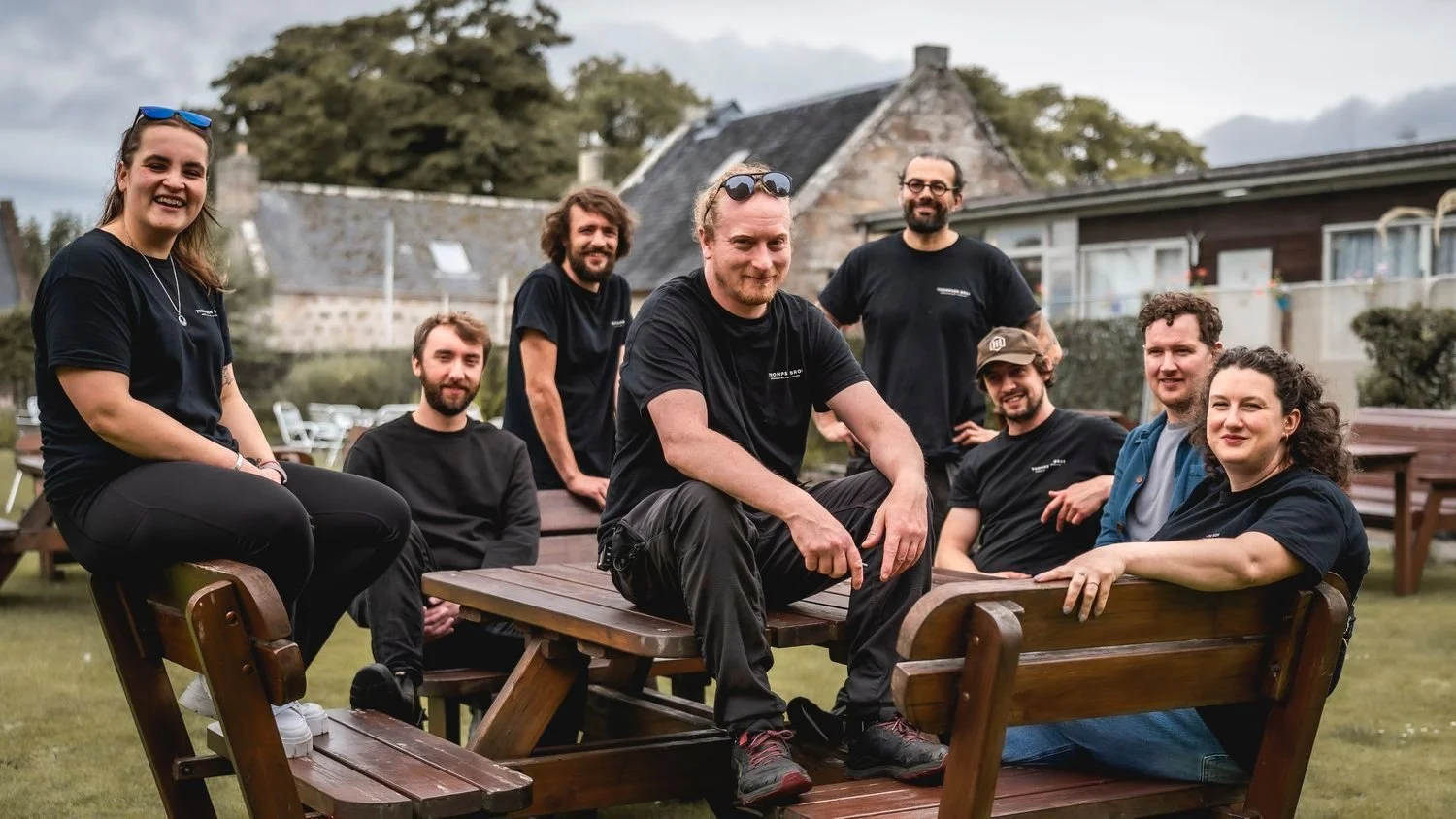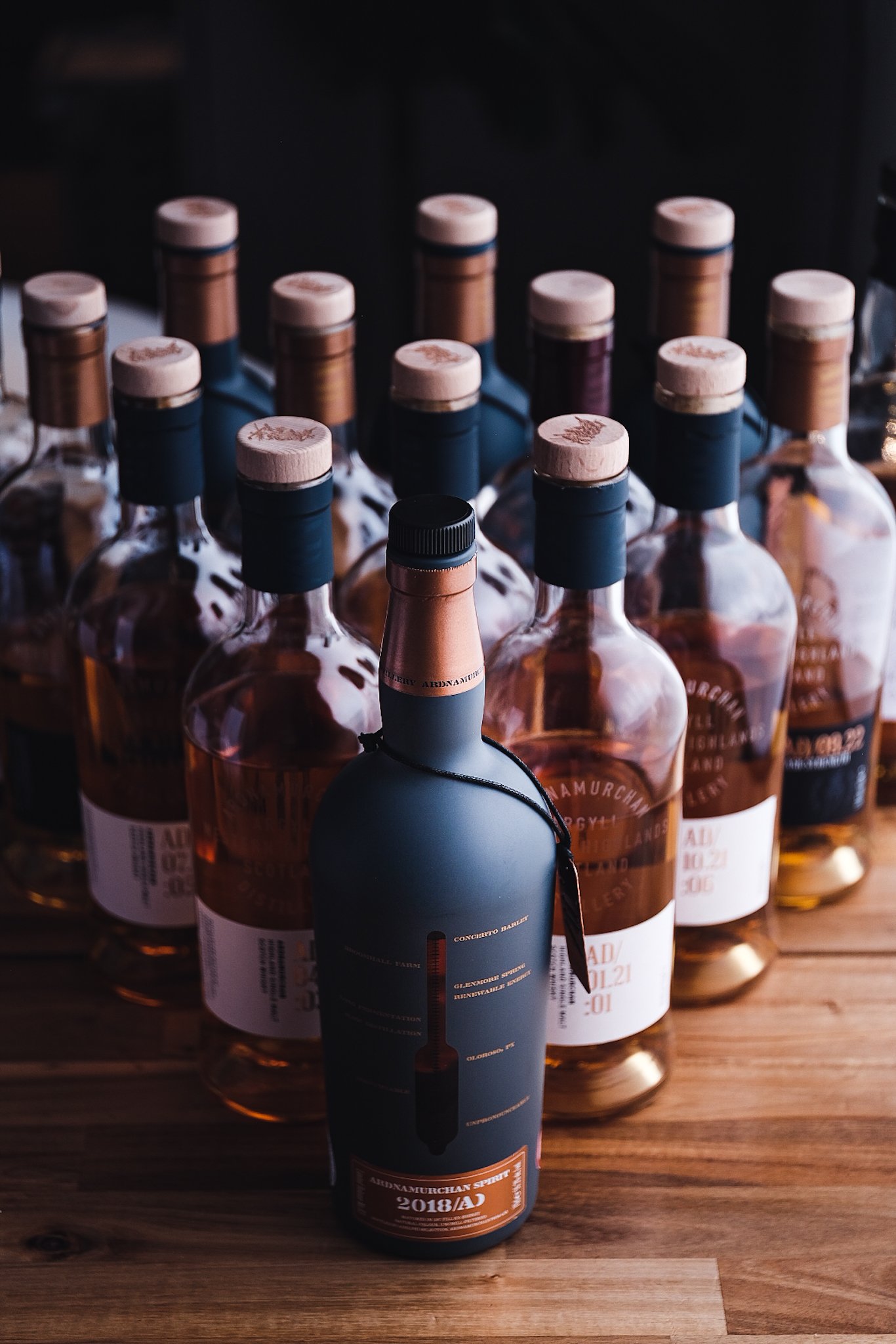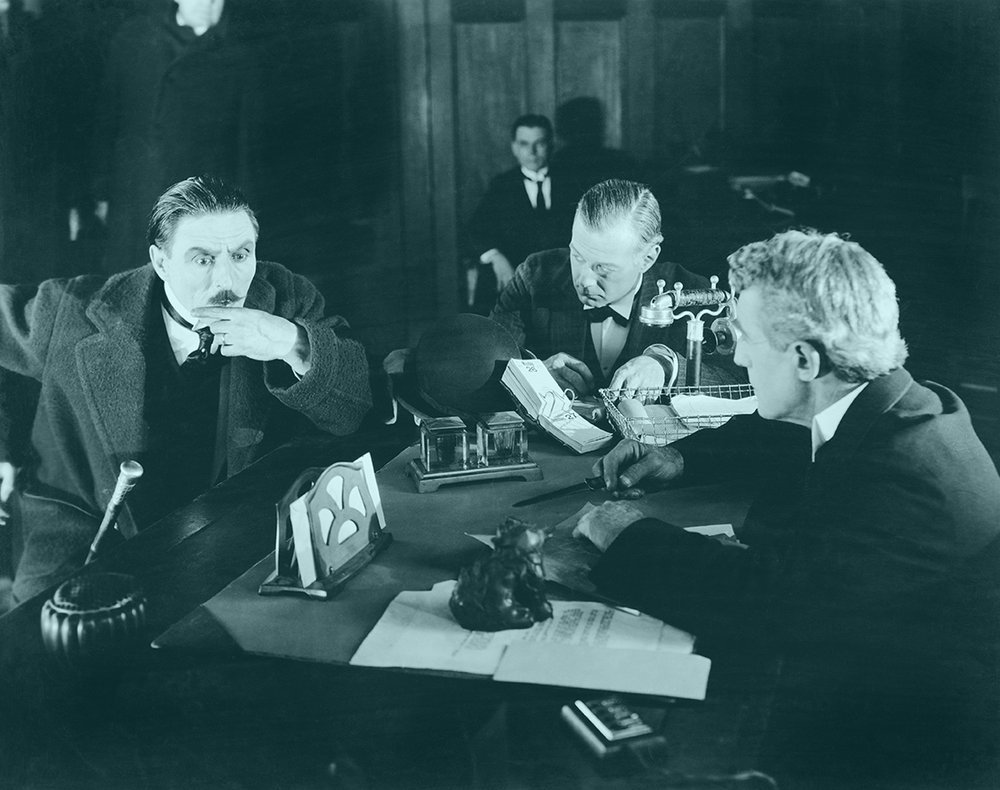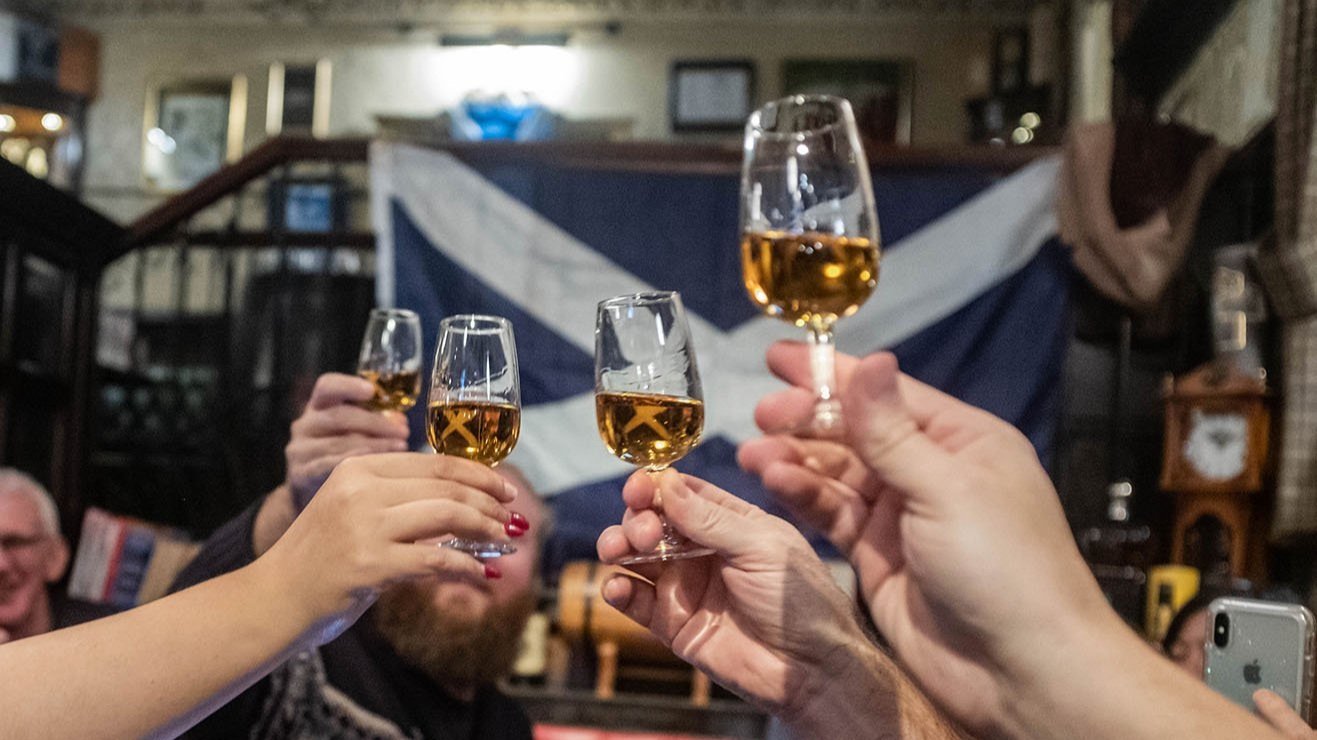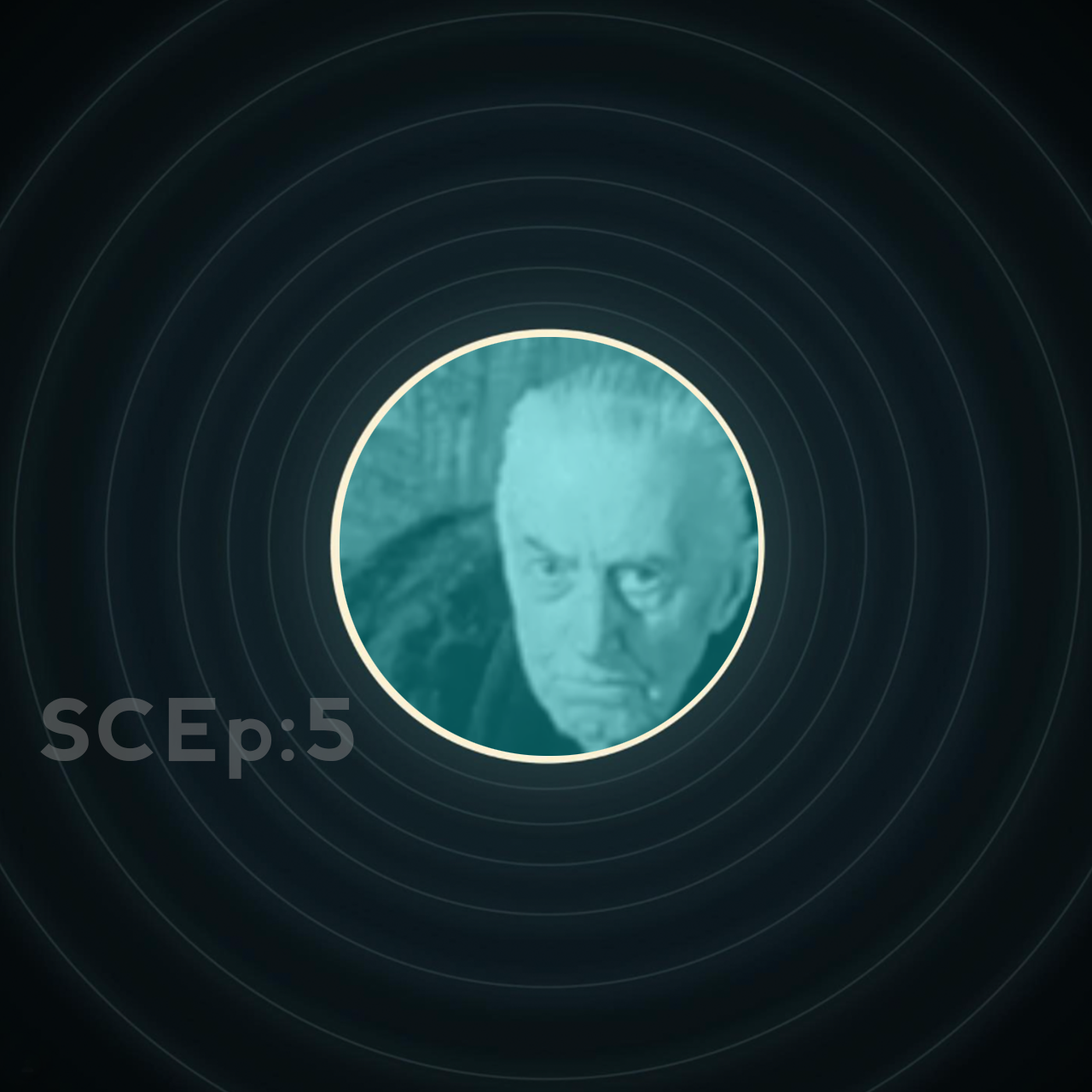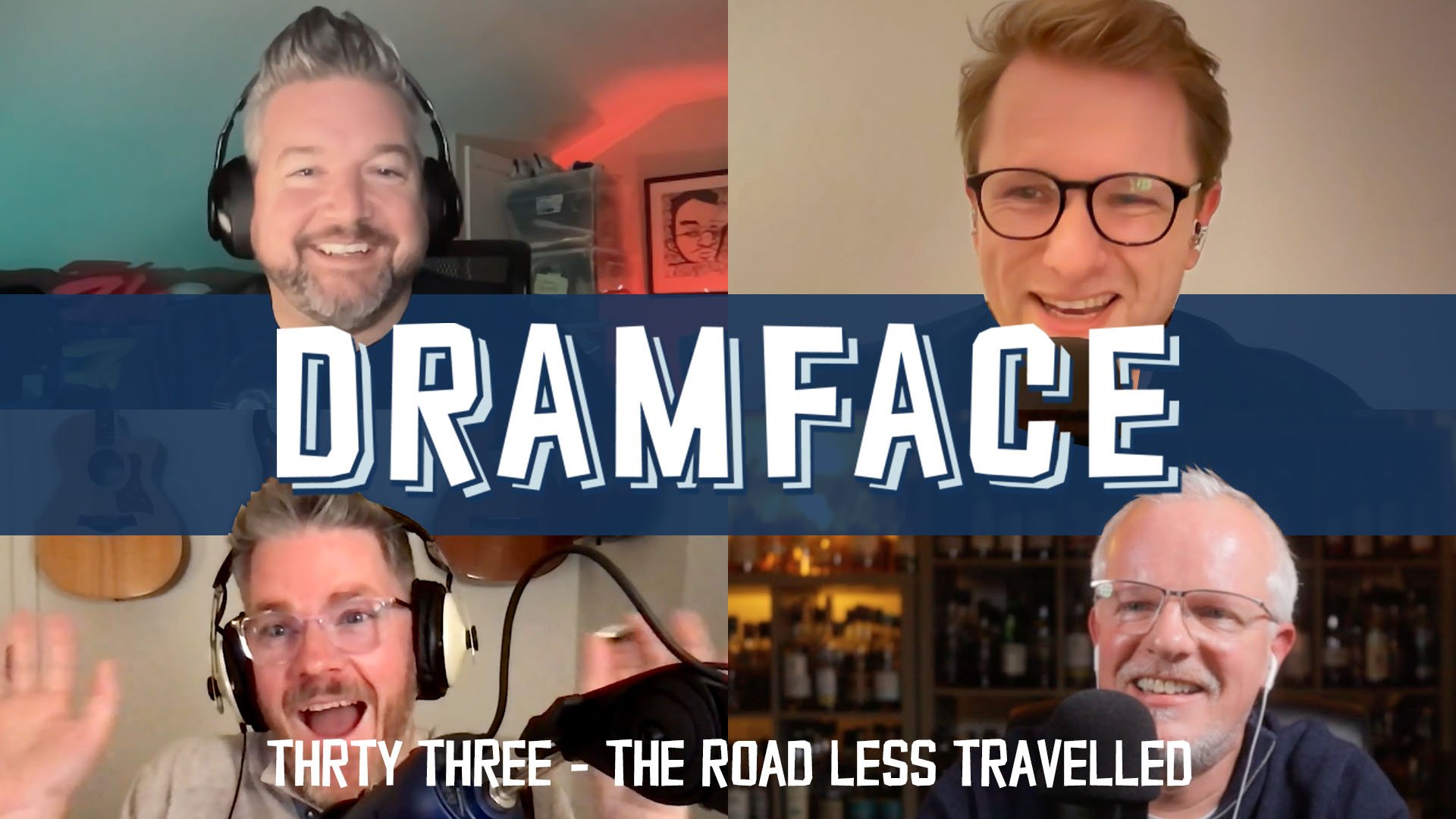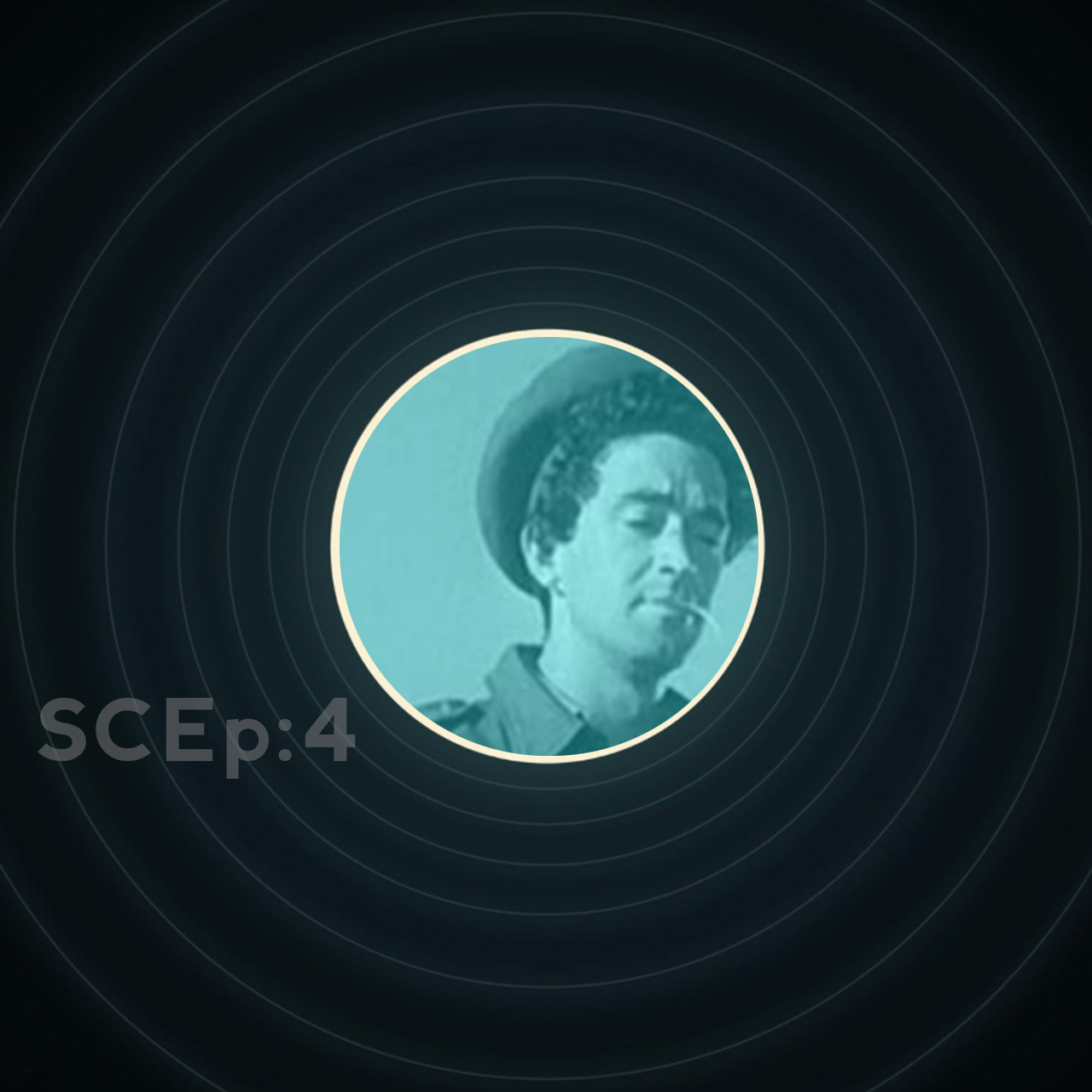Linkwood 1990s Duo
Signatory Vintage Collection, Cadenhead’s Small Batch | 43% & 55.3% ABV
Natural Whisky Matters. Mostly.
Natural colour, absence of chill filtration, and high enough ABV of 46% or more are all attributes I’m looking for when I’m browsing for bottles to buy. I’m sure most of you are too.
Most of us are at a point in our whisky journey where we’re looking to try honestly presented liquid, to get a precise idea of a particular distillery’s style or to quench our thirst for rich, complex and engaging malts. These guidelines have become tools, steering us towards the most interesting whiskies, those presenting complexity of smell and taste, as a certain youngster living in the Irish sea might say. They allow us to avoid sub-par releases, often aimed at people who may or may not be whisky drinkers, but not necessarily whisky enthusiasts.
However, I have been impressed by whiskies which have not met these criteria on a number of occasions. I can recall a few bottles of Signatory’s “Very Cloudy” range - their 40%-but-unchillfiltered offerings - which were impressively good, especially a Craigellachie that I tried recently at a tasting. It retained all the oiliness I tend to associate with this distillery. I also was left speechless by how good Aberlour’s 18yo at 43% tastes. It’s a bit pricey, but man it is a great, complex, mature and refined sherried malt. And this one’s most surely chill filtered AND coloured. I’m not telling you to rush and buy it, but if you get the chance to try it, you should.
When talking about ABV, there’s also the case of otherwise natural whiskies, but presented at a cask strength lower than 46%, due to the ‘angel’s share’ during maturation. I recently had the pleasure to taste a sample - graciously gifted to me by Roy of Aqvavitae fame - of a 30yo Knockdhu clocking in at 43,2%, and it was absolutely gorgeous. The way a whisky concentrates by evaporation over decades is one of the appeals of older whiskies, and probably why people learned to equate older to better (which is not always the case as we well know).
By the way, if you’d like to see my tasting notes for this Knockdhu, head out to my Instagram. I know a bit of a shameless plug, and not the most elegant one. Please make sure you follow all the other writers, especially Wally who just created an account. Oh and if you want to convince your other half to move to Scotland, have them follow Dougie, that should do the trick.
Anyway, back to whiskies that are “almost there”. A distillery that might come to mind is surely Benromach, with an ABV of 43% all across the age stated range, even down to the 21yo. Same thing for Gordon & McPhail’s Discovery range, which I found to be a bit weirder, since I know no casual whisky drinkers who buy indie bottlings of Mannochmore for £60.
I’m sure we’d all be very happy to taste 46% Benromach, and that horse’s been well flogged and even turned into lasagna meat by now, but I’m sure that a lot of people will agree with me when I say that the Benromach core range already tastes quite good at 43%, and that if one of my friends gifted me a bottle of say, Benromach 10, I’d happily accept it and actually end up drinking it, not shoving it down to the back of the cabinet.
Over on the vPub, Roy recently talked about the value that’s to be found in Murray McDavid’s cask exploration range of whiskies bottled at 44,5% and going for £25 - £40. Again, not perfect, but fine whiskies, and at a very decent price point in these troubled times.
I could go on for a bit more here, but you get the point. Sometimes, there’s value to be found in whiskies that don’t fully meet our usual purchasing criteria. It’s maybe harder to find said value, because we cannot trust our normal purchasing guidelines, so I would advise you not to take punts with these whiskies, but to try to taste them before buying the full bottle.
Review 1/2
Linkwood 1991, Signatory Vintage, dist. 16.06.1991, bott. 19.08.2010, 19yo, hogsheads 10359+10360, natural colour, chill-filtered, 43% ABV
€55 paid (£47) long sold out, secondary only
Recent reviews by Murdo and then Wally prompted me to bump this comparison review up the waiting line. Linkwood is one of my absolute favourite distilleries, and in my opinion it shines when aged in ex-bourbon or refill hogsheads.
I love myself a distillate-driven whisky, and though I tend to gravitate towards rich and thick drams the likes of Craigellachie, Kilkerran or Springbank, sometimes, and especially at this time of the year, I just crave a nice, fresh, summery and fruity whisky. Linkwood’s been doing the trick nicely, because whilst being very easy and light, it’s usually also quite complex and retains a little bit of texture, or at least more than say, a Glen Grant, Glenlivet or Aberfeldy.
This first bottle is my first dusty find. You see, there’s a little corner store just two minutes away from my building, and I sometimes go there - mainly to buy snacks; as one does - because it’s convenient and open quite late. As you’d expect, the alcohol selection is a mix of absolute rubbish and Absolut vodka.
The first few times I went there, I just rapidly glanced at the spirits behind the counter while paying for my sweets, only to see the usual striding man, flavoured vodka and gut-wrenching cognacs I’d expect. It actually took me probably a year or two to notice a Signatory Vintage bottling, which arrived in this shop god knows how. There must have been a very persuasive la Maison du Whisky sales rep officiating in northern Paris in the early 2010s.
I looked at the specs more closely and saw that it was a 19yo Linkwood distilled in 1991, that had probably sat on this shelf for the better part of the last 10 years. I knew both Linkwood and Signatory back then, but had never tried their 43%, chill-filtered range, so I was a bit hesitant at first. But then I saw the price. 55€. 19 years old. Distilled 1991.
I figured no one was ever going to buy it if not me, and for 55€, I was willing to put my trust in Mr Symington that this would at least be decent whisky. So, to the surprise of the unsuspecting shop owner, I got the credit card out.
Score: 7/10
Very Good Indeed.
TL;DR
Engaging whisky, despite the low ABV and filtration
Nose
Creamy lemon, lemon & grapefruit oils, quite fresh and vibrant for a 19yo. Beauty of refill wood, which I assume these hogsheads were made of, considering the very pale colour. Apple cider vinegar, along with hints of fresh ginger and white pepper. Some distant white flowers as well, and wet pebbles. It becomes increasingly fruity with time, mainly on dried peaches. Water (only 2 drops) steers it slightly towards grapefruit, and light notes of dried flowers such as everlasting flower appear.
Palate
Fresh, light cream, mainly on apple skins at first. Lemon ice cream, with a relatively short finish betraying the ABV slightly. Otherwise, the attack is quite flavourful. The finish is quite mineral, and water makes the whisky zestier, more taut. It also slightly elevates the finish, on lemon juice and wet rocks after a summer rain.
The Dregs
This is a relatively simple but beautiful Linkwood. Fruity, naked and surprisingly flavourful considering the specs. When I first opened it a few months ago, there was a strong banana purée note which was prominent on the nose, but that seems to have dissipated with time and air in the bottle. All in all, I’m quite thankful to have taken a punt on this one, it’s a very good whisky, and considering what early 90’s Linkwoods tend to go for these days, I think I got myself a pretty good deal.
Score: 7/10
Review 2/2
Linkwood 1992, 23yo, bott. 2016, Cadenhead’s small batch, bourbon hogsheads, 492 bottles, non chill-filtered, natural colour, 55.3% ABV
€85 paid (£73) mostly sold out, secondary only. Occasional dusties.
This is my latest Linkwood acquisition, purchased at auction back in November. As I previously alluded to in my Caperdonich review, there was back then a sudden influx of Cadenhead’s bottlings coming from somewhere in Italy. I placed a bid and won six bottles over the course of two different auctions.
This 1992 Linkwood was one of them. Bottled at a solid cask strength of 55.3% and from bourbon hoggies, this should be right up my alley.
In theory, this should also beat the Signatory by quite a margin.
Score: 6/10
Good stuff.
TL;DR
Not as amazing as I hoped it’d be, but glad to have it nonetheless
Nose
More on buttery pastries, wood shavings and vanilla cream. A flowery side that almost verges on soap. Croissants, sponge cake and yuzu lemonade.
With water (more than two drops this time) : enter grapefruit! Mainly the dried zests rather than the juice or flesh. Again these white springtime flowers, but the light soapiness fades with water. There is also a quite prominent grassy side now, with lemongrass and lemon thyme, along with various nondescript dried grasses. I’m afraid I ain’t a botanist. Hints of driftwood, and slightly mineral as well now, but rather on chalk than the previous wet pebbles.
Palate
Round, and quite hot at first, with spicy chilli. The second sip is better balanced, sweeter, on lemon cake. Water really helps it and makes it slightly fruitier, mainly citrus again. Slightly creamier, but with a dry, slightly woody finish.
The Dregs
This one is certainly interesting, but definitely not as complex and not as easy to drink as well. The palate especially is not of the standard of complexity I would expect from a 23 years old whisky.
It really needs water as well, but when it’s properly diluted, it becomes good enough to warrant a 6/10 in my book, especially considering the value proposition here.
It’s interesting to see that the winner here is clearly not the one everyone might expect. The takeaway here I believe is to always remain curious and open minded to new releases, even if at first they don’t seem to fit us. Every once in a while, we might stumble upon a nice surprise.
What are we listening to today? Might I suggest a song that’s apparently 10 years old already, though I did not stumble upon it until recently. In case it‘s the same for you, here’s Paris, by Little Dragon, from their 2014 album Nabuma Rubberband.
Tried these? Share your thoughts in the comments below. AF
-
Dramface is free.
Its fierce independence and community-focused content is funded by that same community. We don’t do ads, sponsorships or paid-for content. If you like what we do you can support us by becoming a Dramface member for the price of a magazine.
However, if you’ve found a particular article valuable, you also have the option to make a direct donation to the writer, here: buy me a dram - you’d make their day. Thank you.
For more on Dramface and our funding read our about page here.















































